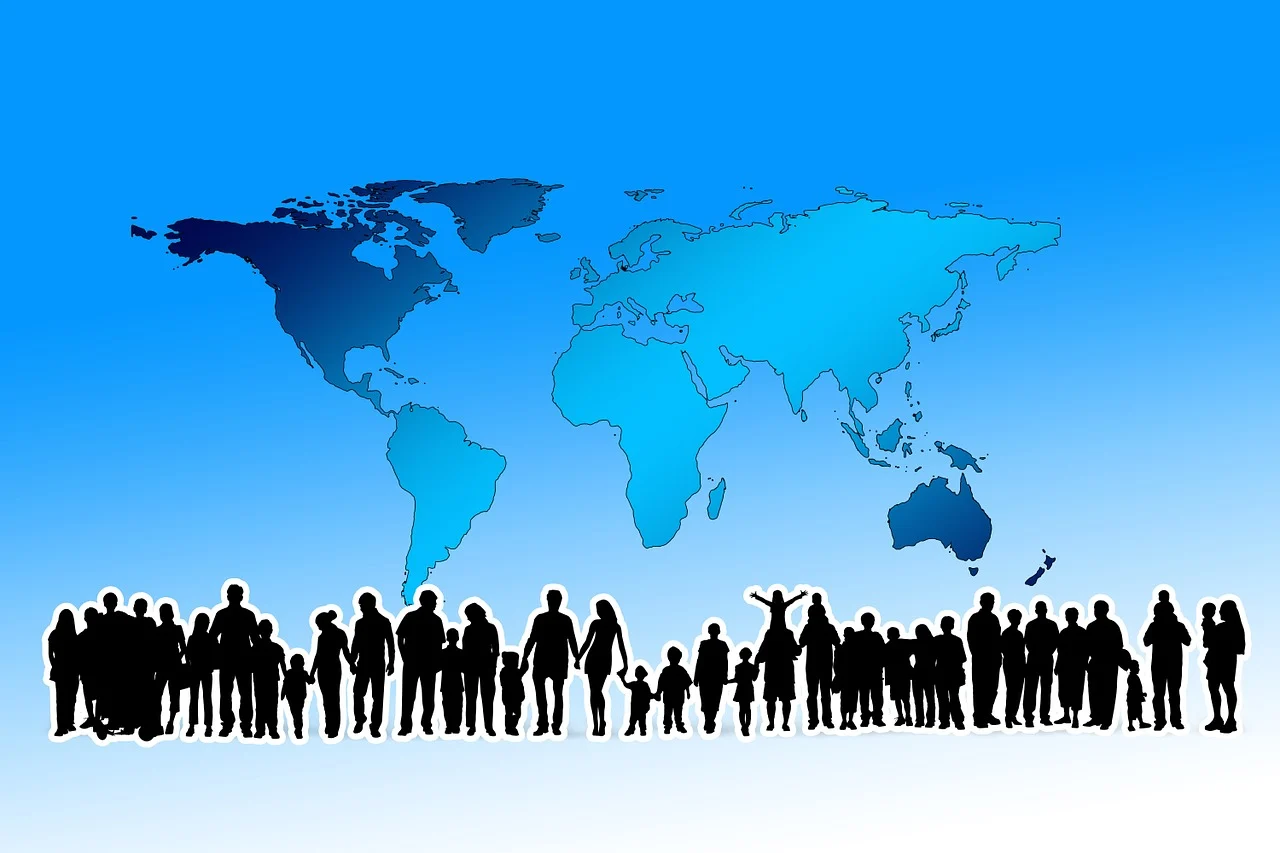At the end of June 2024, 122.6 million people worldwide remained forcibly displaced due to persecution, conflict, violence, human rights violations or events seriously disturbing public order.
This represents an increase of 5 per cent, or 5.3 million people, compared to the end of 2023.
For more than 12 years the number of people remaining forcibly displaced has continued to grow. By the end of June 2024, 1 in 67 people worldwide remained forcibly displaced, almost double the 1 in 114 people a decade ago. Most forcibly displaced people, 87 per cent, live in low- and middle-income countries.


UNHCR estimates that forced displacement has increased further since June 2024, and barring rapid positive developments in one or more large displacement situations, will continue to rise in 2024.
The United Nations High Commissioner for Refugees (UNHCR), stressed that more than 122.6 million people are currently forcibly displaced worldwide, a figure that highlights the escalating global refugee crisis. This unprecedented number reflects a combination of conflict, persecution, and climate change, exacerbating vulnerabilities and humanitarian needs.
The report further breaks the number down by providing the actual numbers of program refugees globally, an overview of this is presented below.

Key Drivers of Displacement
- Armed Conflicts: Ongoing conflicts in regions such as Syria, Afghanistan, and South Sudan continue to displace millions. For instance, the Syrian civil war has resulted in over 6.7 million refugees and 6.9 million internally displaced persons (IDPs) (UNHCR, 2023).
- Persecution and Human Rights Violations: Political repression, ethnic violence, and human rights abuses in countries like Myanmar and Venezuela have forced individuals to flee their homes. The Rohingya crisis remains a stark example, with hundreds of thousands seeking refuge in neighboring countries (Amnesty International, 2023).
- Climate Change: Increasingly, climate-related events are contributing to displacement. Natural disasters, such as floods and droughts, are becoming more frequent and severe, pushing communities to leave their homes. The UN estimates that by 2050, climate change could displace over 200 million people (World Bank, 2021).
Humanitarian Impact
The scale of displacement presents significant challenges for host countries and humanitarian organizations. Many displaced individuals face overcrowded living conditions, inadequate access to healthcare, and limited educational opportunities. The UNHCR emphasizes the need for comprehensive support systems to assist both refugees and host communities in managing the influx and ensuring basic rights and services (UNHCR, 2023).
Call for Global Action
The UNHCR’s report calls for urgent global action to address the root causes of displacement and improve the protection of displaced individuals. International cooperation is crucial to share the responsibility of hosting refugees and providing humanitarian aid. The report urges nations to enhance legal pathways for migration and invest in sustainable solutions to integrate displaced populations into host communities (UNHCR, 2023).
Conclusion
The record figure of 122.6 million forcibly displaced individuals underscores the critical need for a coordinated global response to address the factors driving displacement and support those affected. As the situation evolves, continued advocacy and action from governments, NGOs, and international bodies are essential to uphold the rights and dignity of all displaced persons.
References
- UNHCR. (2023). Global Trends: Forced Displacement in 2022.
- Amnesty International. (2023). Annual Report on Human Rights.
- World Bank. (2021). Groundswell: Preparing for Internal Climate Migration.



